|
There were over 35 responses to the video uploaded last week at time of writing this post. See previous post for the video.
There was a huge amount of support more or less for the limited transfer of weights to jumping and sprinting. And recall it's direct transfer that I am talking about. In the video I argued that there were far better ways to achieve this transfer. And again to reiterate I do argue that weights are important in less direct transfer ways (and also that some jumpers may respond better to them than others). Particularly with young jumpers 16-20 years I believe that you will get far more benefits from developing speed and power (via drills and plyos) and by technical mastery. Most argue that in any case to really gain the benefits of weights for improving let's say base power you need to lift heavy weights fast for fast twitch muscle fibre motor unit recruitment Most argue that in any case to really gain the benefits of weights for improving let's say base power you need to lift heavy weights fast for fast twitch muscle fibre motor unit recruitment. This is something that perhaps is not advisable with young athletes maturing. It could of course be argued that too much intense work is equally bad. That's why you need to make sure you have a balanced training programme and one that incorporates lots of pre-conditioning - injury beating drills and other work of which weight training is a part. The main reason why I made the video was because of a well argued criticism of two exercises I use - the power step up and the step back lunge. Of course the transfer of these is limited but I would argue they have more merits than some other weights exercises. If you put anything under the microscope when it comes to jumping transfer you can find fault. The only 100% transfer achieved "drill" for the long jump would be competitive full approach jumps... as I say the "first generational" activity. Then we lose that direct connection as we move through short approaches, plyos and drills to weights. Coaches need to stay close to what the event they coach requires and implement training ingredients (the generational activities) in a well reasoned training programme which will produce results. Often less will be more and very specific work will get very specific results.
0 Comments
From time to time we won't be able to get to the track or gym to train or we may be in a hotel room perhaps a few days from a competition or on a work trip, but we want to or need to get in a workout.
During lock-down I produced a number of "Workout at Home & Stay-safe" video workouts. It's been interesting to see from the video stats on my YouTube channel that people are still doing them. Indeed one of the jumpers I coach remotely is doing some of the workouts as a part of her current conditioning. Bora is based in Hungary and is - at the time of writing - 15, she has a very good for her age best of 5.88m. Her specific fitness has definitely improved in consequence of doing these workouts as a part of her training. The workouts as befitted the Covid period use little training kit - for example, STRETCH BANDS. Indeed for some I improvised weights by filling plastic bottles with water. Note: 1 litre of water weights about 1kg. I included many specific jumps and sprint exercises into these workouts. There were, for example, numerous sprint drills. done in-place There were also many exercises designed to also specifically strengthen the muscles, tendons and ligaments involved in sprinting and jumping. Most of the workouts are follow-along ones. This means that you can start the video and be guided by me through the exercises and the time on and off periods. So, all you need to do is do the exercises, which I will have showcased and explained how to do at the beginning of the video. The videos can be seen HERE. DO YOU REALLY NEED TO DO SQUATS? If I were to say to coaches of athletes in a range of sports from football to sprinting to rugby to martial arts to marathon running, that their athletes shouldn’t squat, I’d probably be run out of town (as fast as my non-significantly squat trained legs would allow!). I can hear the cry already, ‘Squats are a must-do; they’re a fundamental part of sports conditioning’.
However, it’s possible to argue that squats are perhaps over-rated and their value to actually enhancing sprint speed, particularly in the training mature athlete (i.e. when an athlete has developed considerable ability to bend and extend their knees against resistance) questionable. In the beginning God created the Squat The movement of bending and straightening our legs (using the ankle, knee and hip joints) known as flexion and extension respectively is a fundamental human movement. Hundreds of everyday actions require a squat, the most obvious being sitting and getting up out of a chair. The resisted squat as used in sports conditioning, i.e. with added weight (for example, with barbells, barbell and chains, dumbbells and powerbags for example), can be found in the majority of athletes’ training routines. These exercises are normally performed with a concentric muscular action emphasis. This means that the muscles of the ankle, knee and hip joints shorten under load to move the weight. Squat jumps can also be included in this category where the athlete lowers, perhaps holding dumbbells at arms’ length or a barbell across their shoulders and then rapidly extend their thighs to leap into the air. This is a dynamic exercise I really like. There are numerous other squat variations, such as single leg squats, Bulgarian split squats and single leg squats, however, the focus of this post is largely placed on the double leg back squat. Coaches from virtually all sports prescribe the squat in the conditioning routines of their athlete and for valid reasons. The action of extension and flexion is fundamental to running and jumping. On foot-strike during the gait cycle a runner’s knee’s will be flexed ready to absorb and transfer ground forces to propel the athlete forwards by means of rapid extension of the ankle, knee and hip. So we can see how easily the squat can be viewed, for example, as a sprint mirroring exercise. Over-cooking squats Many sprint coaches and athletes will be familiar with developing significant squat strength as manifested in 1 rep max ability, but conversely fail to see direct improvement in what really matters sprint speed. Now there are a number of potential reasons for this: 1. The Closeness of the Squatting Action to What’s Actually Required when Sprinting Sprinting is a unilateral activity, the normal squat bilateral. A sprinter’s foot will only be in contact with the ground for 0.089 of a second or so when they are flat out and traveling at 11-12m/s for elite men - and in that blink of an eye they have to impart and overcome force equal to two-three times their body weight. And they will need to transfer the vertical absorption of force into a horizontal push through optimum sprinting biomechanics to get to the line as fast as possible. Can you think of a time when you or an athlete you have coached has achieved those parameters when squatting? An athlete weighing 80kg would have to shift potentially 240kgs in that nanosecond! So, it’s very unlikely. Now, equally crucially in terms of what I am going to argue later on, how are the dominant muscles in the squat (the quads), relating to the other key muscles involved in sprinting, notably the hamstrings and hip-flexors. The actual contribution of these latter muscles to the squat, although used in the exercise’s action are much reduced in comparison to what's required when sprinting – again of which more later. Relevance of Muscular Actions Unless there is an attempt on the part of the athlete to lower and drive up out of the squat movement as fast as possible, the stretch-shortening cycle will not really be tested in the way that they are during sprinting (and even if this is done the match will be minor rather than major). Considering the hamstrings – a similar stretch, followed by a rapid contraction is fundamental to the late swing phase in the running cycle, when the lower leg is pulled back toward the track ready for foot-strike. Additionally the degree to which the hamstring is lengthened with significant force being generated at both its poles is very different. These actions/requirements are not a part of the squat, although the hamstrings are engaged during the eccentric phase. A very similar argument can be forwarded for the hip flexors – of which more later. Sprinting is a plyometric activity. The 100m distance is normally completed for elite men using 41-45 steps. On each and every one of these the muscles (and other soft tissue) will be required to catapult the sprinter forwards. On foot-strike the musculotendon structures of the ankles, knees and hips will be put on stretch and then they will contract virtually instantaneously and in doing so will generate great power (also known as the stretch-shortening-cycle). As noted the squat is a primarily concentric movement. Now, it is true that greater concentric power will boost sprint speed (particularly in new to sprinting athletes and in terms of enhanced acceleration, of which more later), however, once a basic level of extensor-derived quad strength is developed the role of the squat becomes significantly reduced as a sprint speed enhancer. As touched upon much research also suggests that heavy load squats have more of a relevance to conditioning acceleration rather than flat out speed. RESEARCH American researchers looked at the relationship between body weight, 1RM squat and 5,10 and 40 yard times (1). Seventeen male US Football players participated in the survey and they were divided into groups in relation to their 1RM squat and their body mass. Squats were tested to a degree of flexion of 70-degrees and power-to-weight ratio calculated. Sprint times were assessed by way of timing gates. Perhaps not surprisingly it was found that the athletes with the superior power-to-weight ratios had faster times at 10 and 40 yards. It’s important to consider power-to-weight ratio in the light of ultimate sprint performance ability and squat training protocols. If an athlete regularly trains using a 4-6 set x 8-10 rep protocol, using weights in the 70-85% 1RM ranges then the workout will elicit a significant androgen response. This will likely result in weight gain through muscle hypertrophy, due to the copious amounts of the stimulatory hormones being produced - testosterone and growth hormone. Thus coach and athlete must be mindful of the squat protocols they employ (and for other similar exercises and always be aware of body weight increases and its affects on power to weight ratio). Hip-flexor Importance Research backs up the notion of the importance of the hip flexors when it comes to sprinting. A Japanese team specifically looked at the contribution of the psoas major and thigh muscularity on the 100m times of junior sprinters (4). The research comprised of 44 sprinters (22 male and 22 female) aged 14-17. The cross sectional area of the quadriceps femoris, hamstrings and psoas major were analysed using magnetic resonance imaging. The average of left and right sides was calculated and this was related to 100m performance from official races. It was discovered in both genders that the faster sprinters had a greater development of the psoas major in comparison to the quadriceps femorsis muscles. Absolute muscle size was not a factor. However, having said that it is likely that psoas major muscle size in elite sprinters is a key attribute to generating speed. In an RTE documentary on Asafa Power (former world 100m record holder with 9.76 seconds) it was discovered that his psoas major was twice the size of that of 10.02 Japanese sprinter Nobunara Ashara (5). To be continued 1) J Strength Cond Res. 2009 Sep;23(6):1633-6. doi: 10.1519/JSC.0b013e3181b2b8aa. 2) Above: Instr Course Lect. 1995;44:497-506. Motion Analysis Laboratory, Gillette Children's Hospital, St. Paul, Minnesota, USA. 3) Joes Scott: http://speedendurance.com/2013/01/21/3-reasons-the-squat-is-not-the-cornerstone-of-strength-training-for-sprinters/ 4) Med Sci Sports Exerc. 2006 Dec;38(12):2138-43. 5) RTE documentary (available on youtube) http://hight3ch.com/the-science-behind-asafa-powells-speed-documentary/ Jargon Buster Psoas Major: Long muscle that runs from the spine across the pelvis to attach onto the thigh bone. As part of the hip flexors it functions to lift and externally rotate the leg. In today’s YouTube channel video I answer some of the questions which resulted from the video before this (https://youtu.be/ivFQMrT3m6Q) one which looked at how downhill sprints and drills can improve on flat sprinting.
In response to that video I got quite a few comments and questions. The first question: What you can do in a competition environment if you don’t have a down grade to use. In answer to this I explain and detail how you can use plyometrics and weights to create a simialr effect. Plyos would be the obvious choice as they can be done with nothng but yourself! I explain what loadings and reps work best. The second question references what happens if you regularly do downhill sprinting. I talk about the pros and cons and note that all traning sessions should be potentiating. If you’ve any specific questons on this video or any others then do leave them in the section below. Why not become a channel member of my YouTube site and find out through exclusive videos information which will directly improve you as a coach or athlete. |
Categories
All
Click to set custom HTML
|
Proudly powered by Weebly

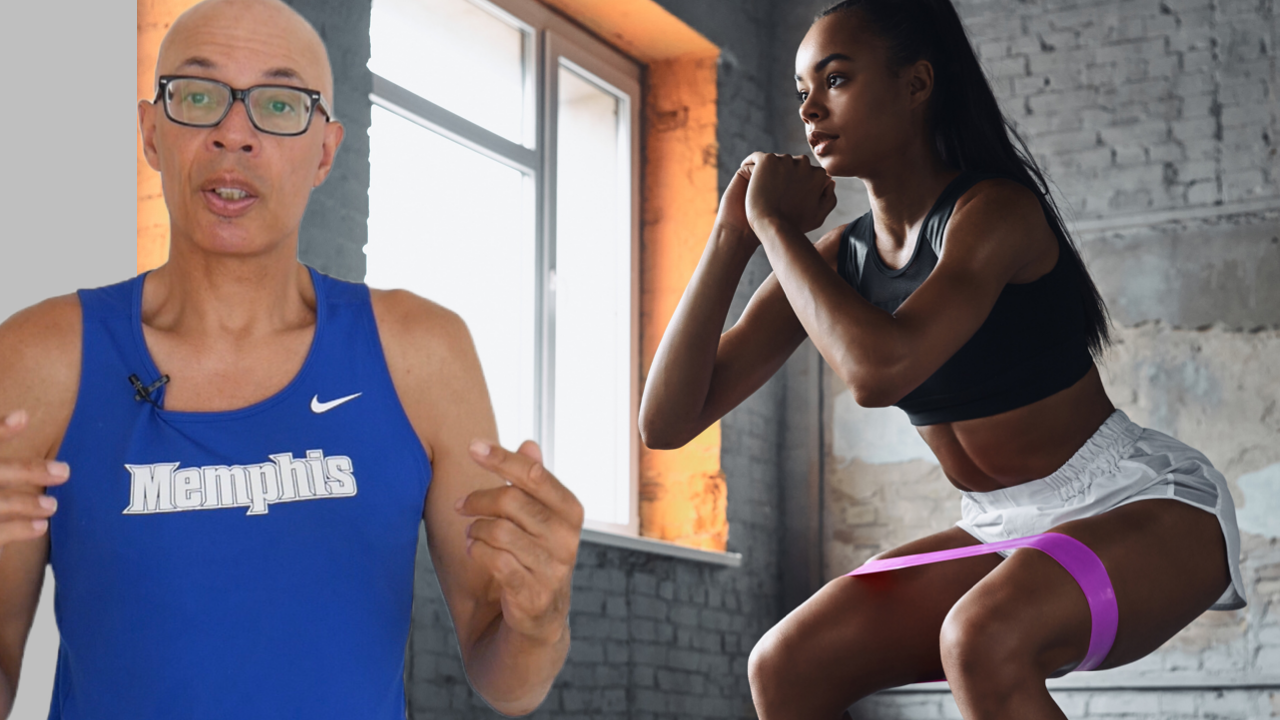
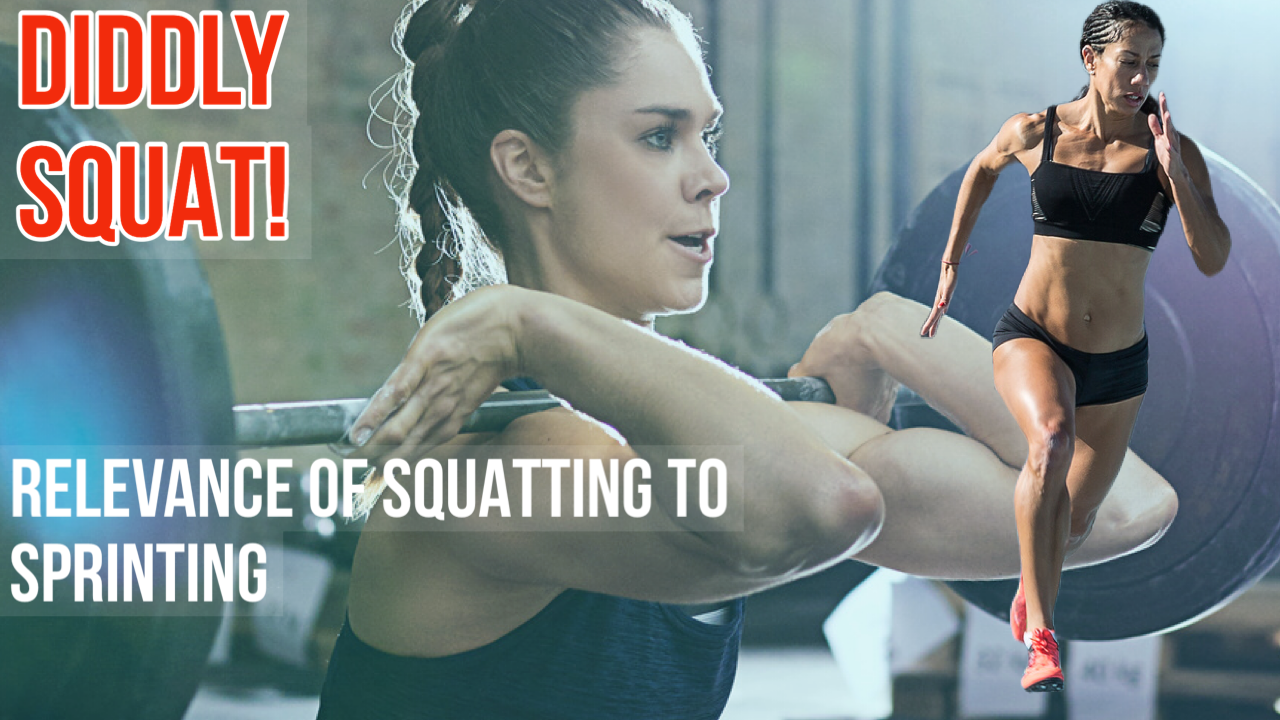
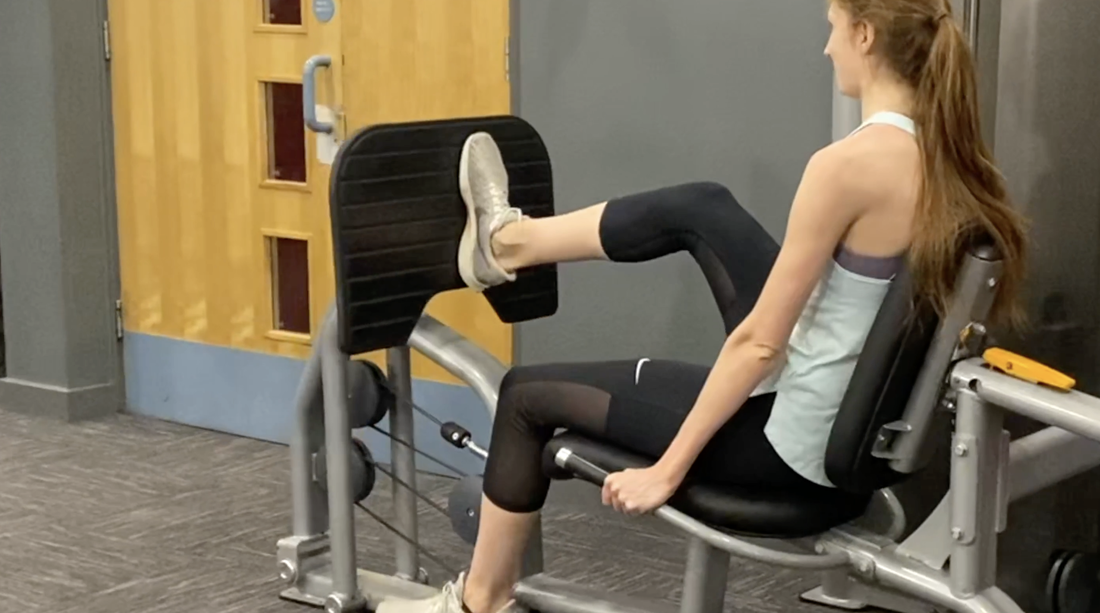
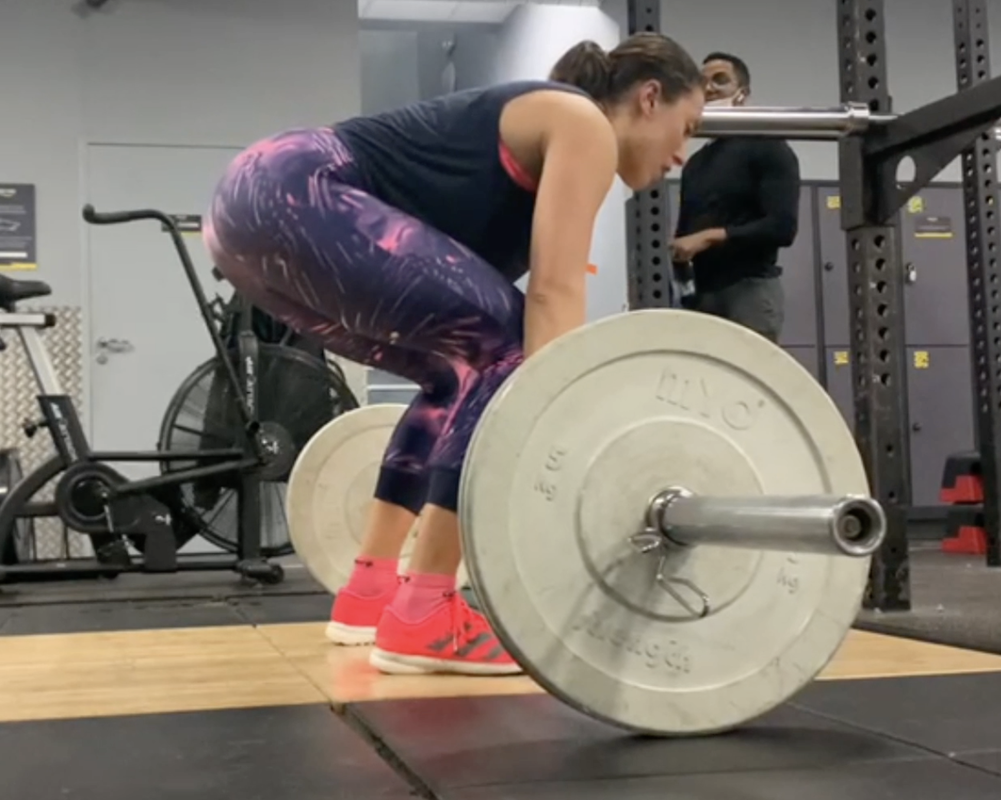
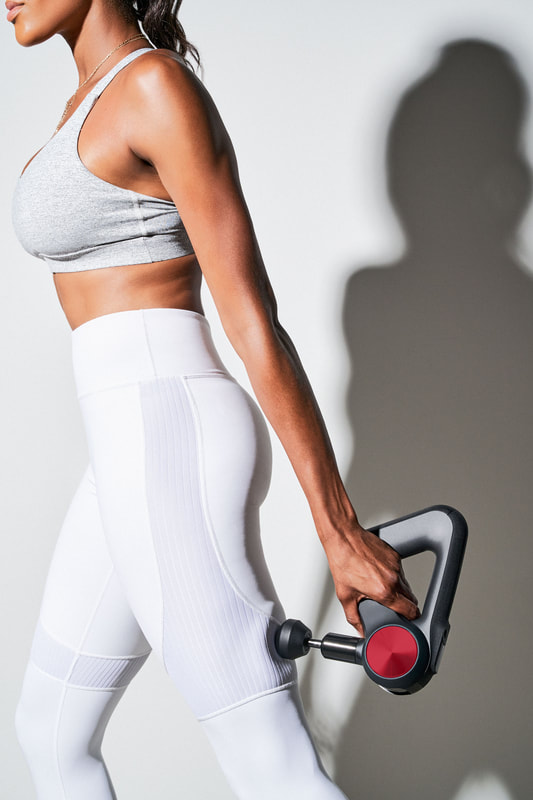
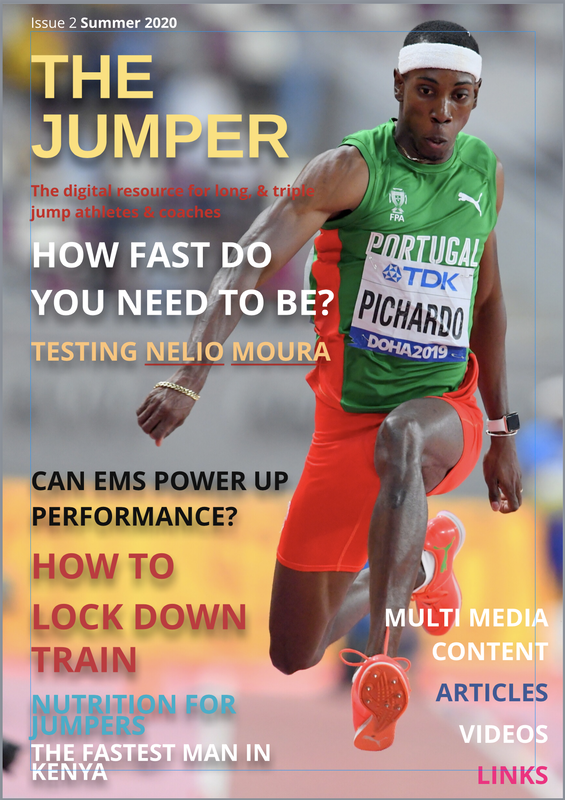


 RSS Feed
RSS Feed
